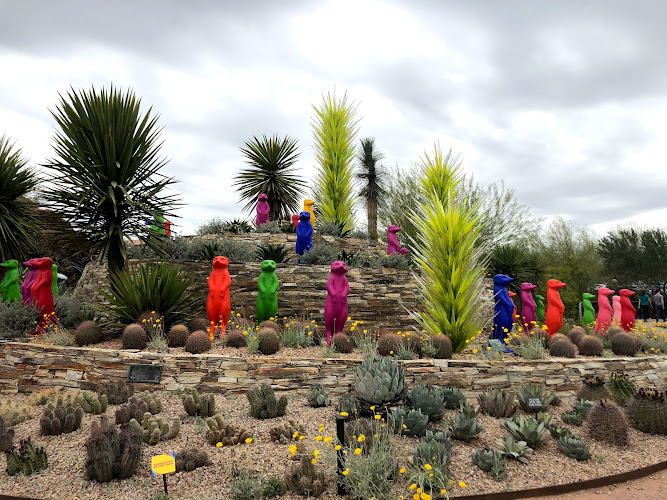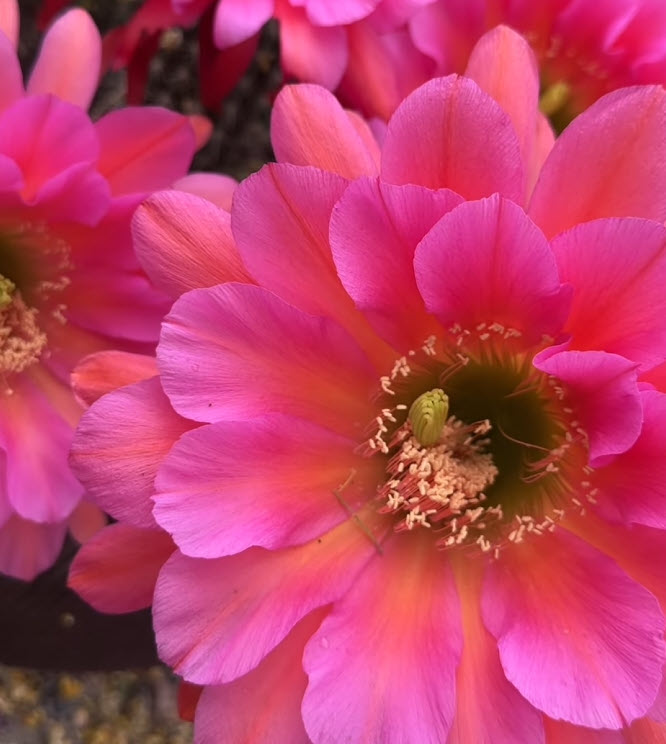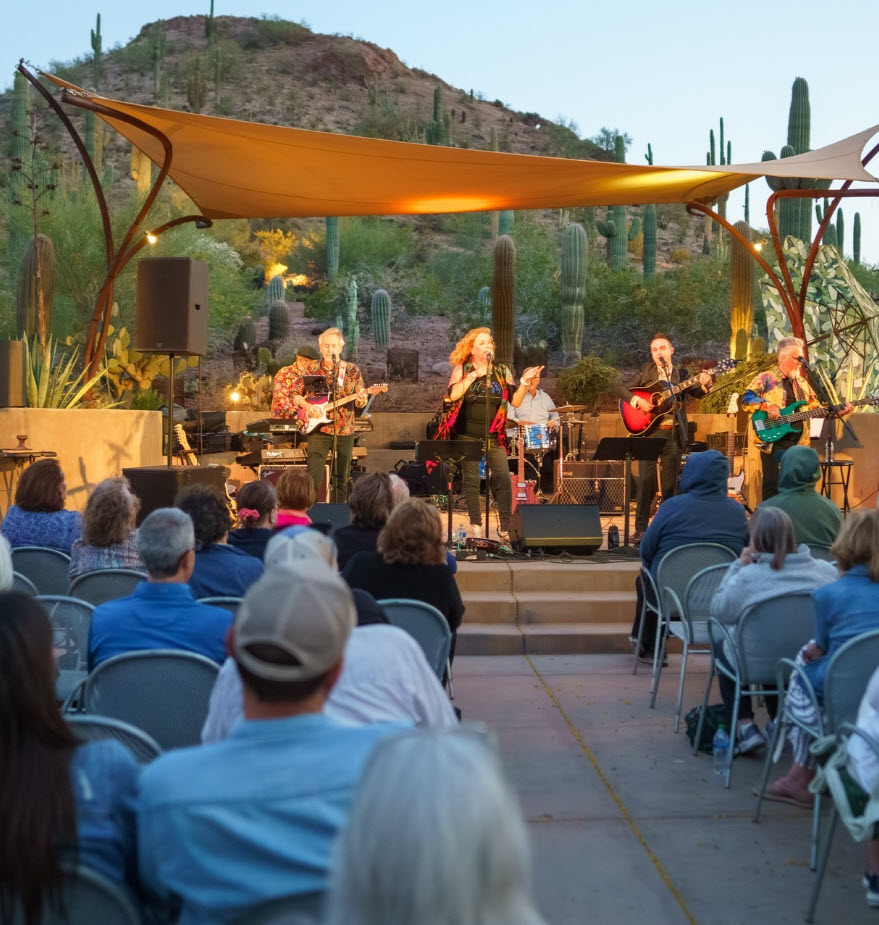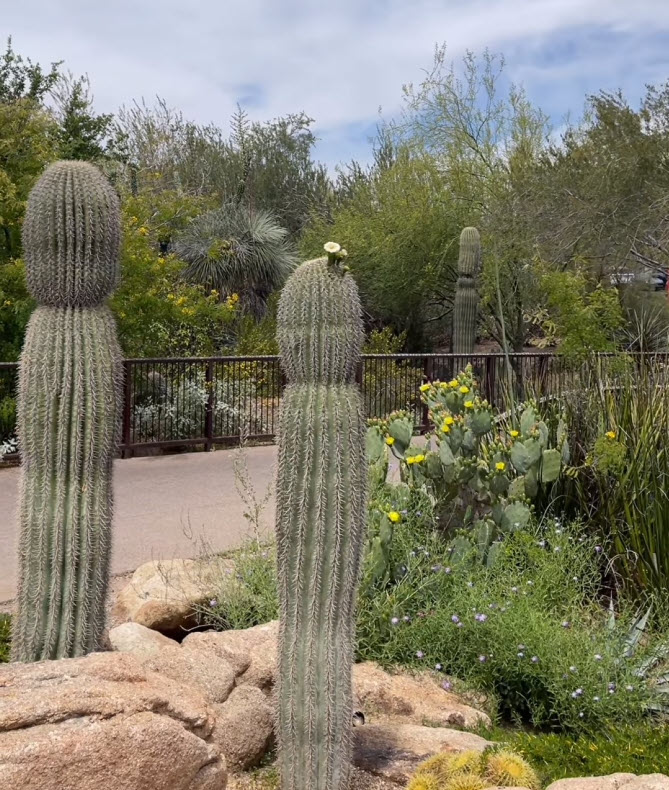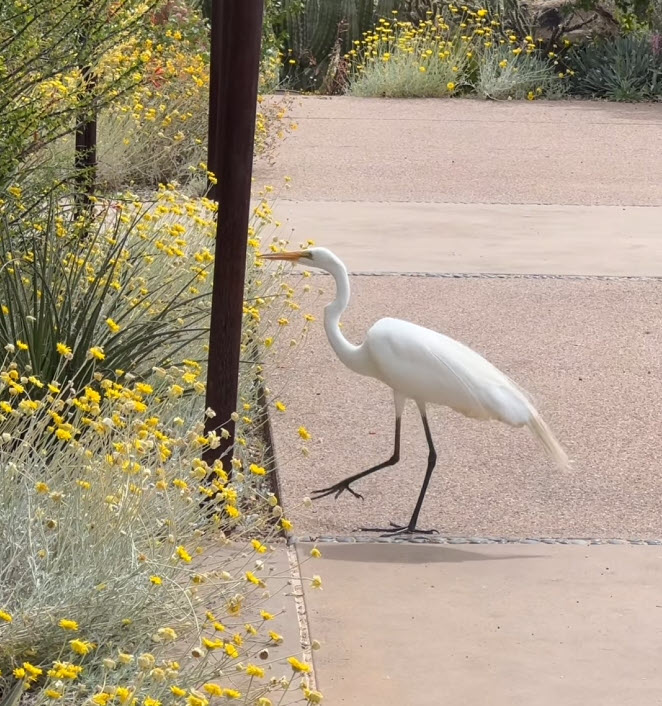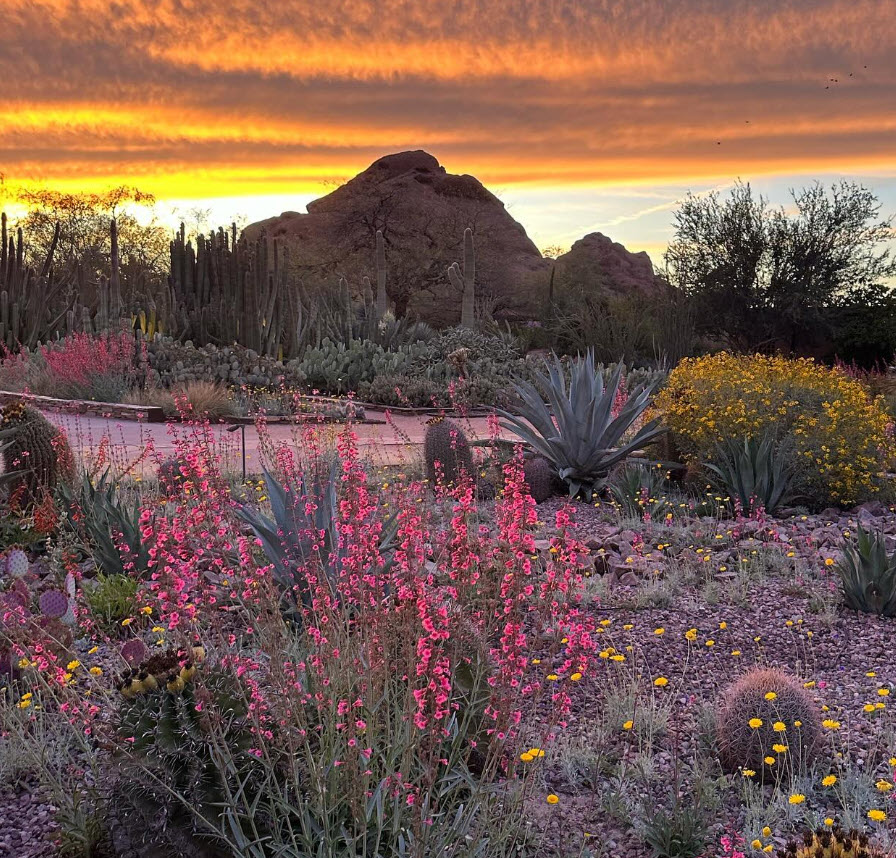Checkout Desert Botanical Garden Watch Video
The Desert Botanical Garden is located in Phoenix, Arizona, not Scottsdale. The Garden is a renowned botanical garden that showcases the beauty of desert plants, particularly those native to the Sonoran Desert region. It spans 55 acres and features a diverse collection of over 50,000 desert plants from various parts of the world.
History and Mission The Garden was established in 1939 by a group of local citizens who aimed to conserve the desert environment. Over the years, it has evolved into a living museum dedicated to showcasing the unique flora of the desert and promoting conservation efforts. The mission of the Desert Botanical Garden is to advance excellence in education, research, exhibition, and conservation of desert plants.
Attractions and Features Visitors to the Desert Botanical Garden can explore five thematic trails that highlight different aspects of desert plant life. These trails offer opportunities to see towering cacti, colorful wildflowers, succulents, and other fascinating plant species. The Garden also hosts lectures, workshops, tours, special events, seasonal exhibits, concerts, and family activities throughout the year.
Special Programs and Events Throughout the year, the Garden offers a variety of programs and events for visitors to enjoy. These include special exhibitions like “Fernando Botero: El Maestro,” music concerts in the garden, celebrations for National Cactus Day and Hispanic Heritage Month, nighttime events like Flashlight Nights, and holiday-themed experiences such as Las Noches de las Luminarias.
Membership and Visitor Information The Desert Botanical Garden offers membership options that provide benefits such as discounts on events and purchases at the gift shop. Visitors can also enjoy dining options within the garden premises. The garden is open for evening visits during certain periods to allow guests to experience its beauty after dark.
In summary, the Desert Botanical Garden in Phoenix offers a unique opportunity to explore and appreciate the diverse world of desert plants through its extensive collection, educational programs, events, and conservation initiatives.


